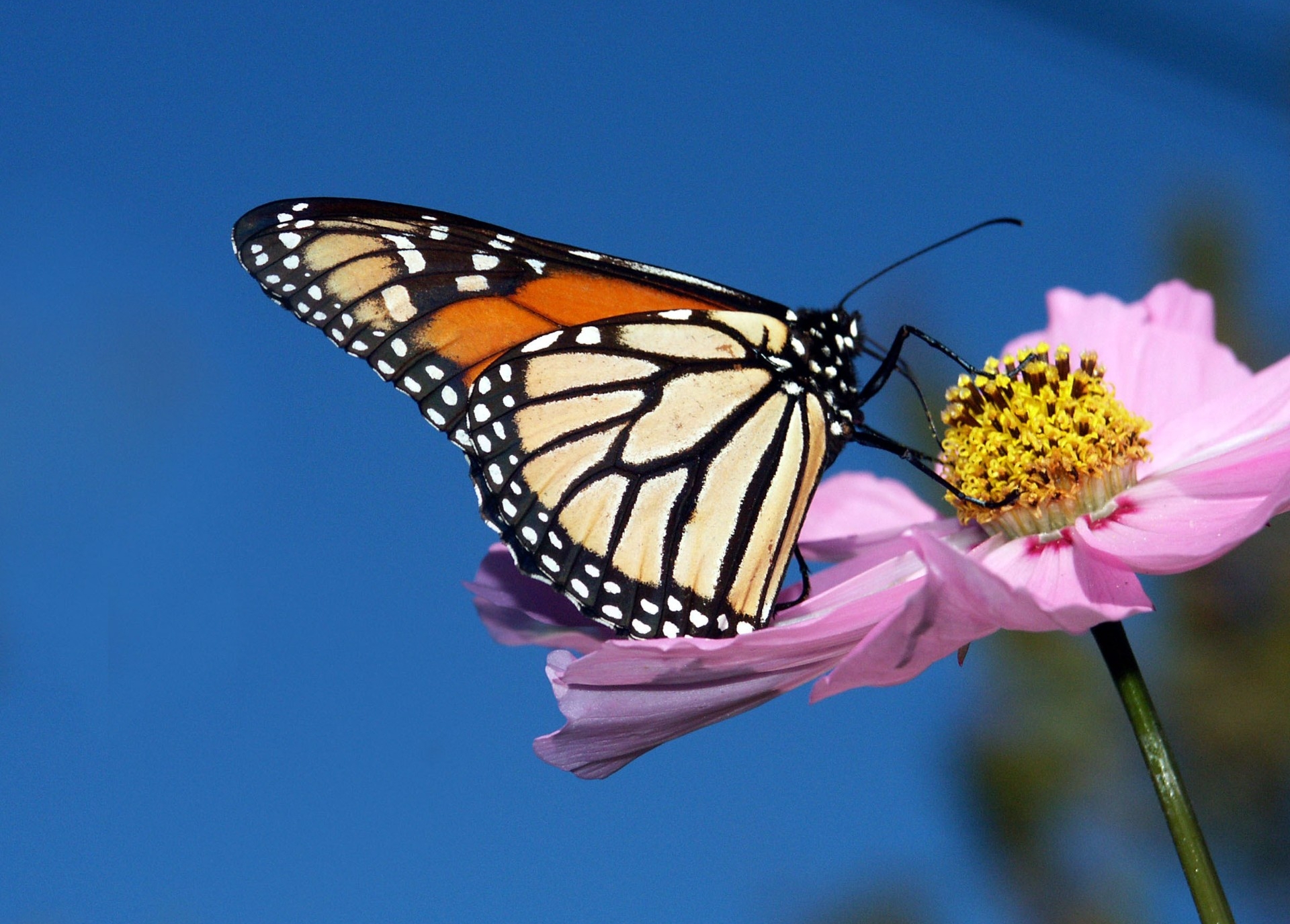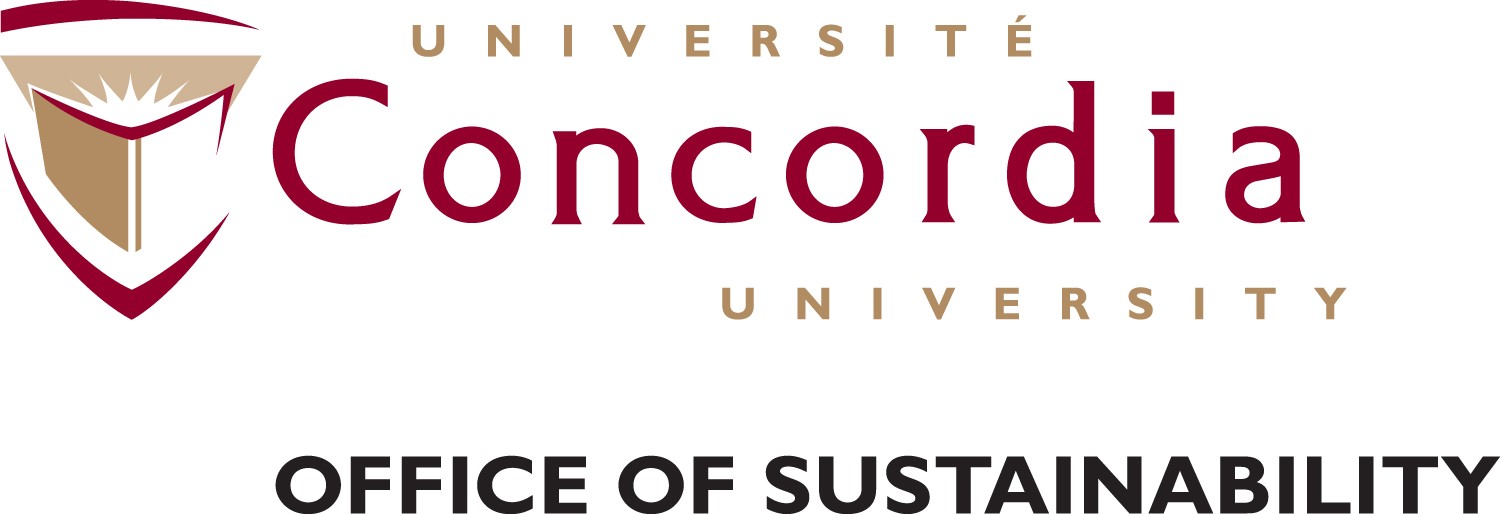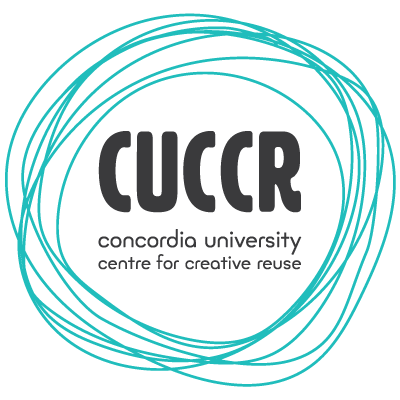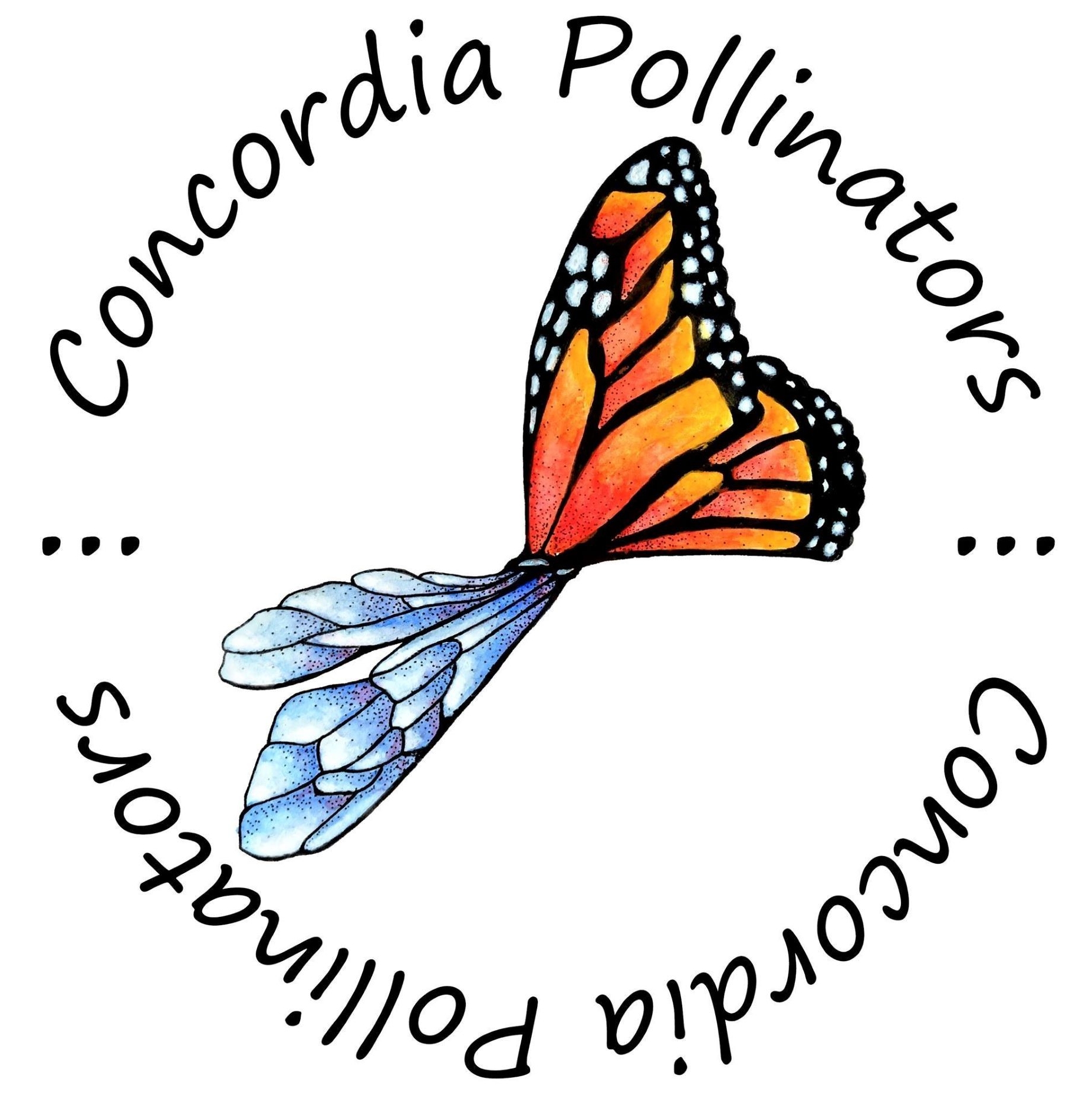Container gardening workshop
Step by step, discover how easy it is to plant gardens that make a difference to our wildlife!

Supporting our pollinators
Did you know that the types of plants in your garden can have food or habitat value for important wildlife? Native birds, bees and butterflies have evolved over the years alongside specific plant species and need them to thrive.
Pollinators are animals (such as birds or insects) that move pollen from one flower to another, fertilizing our crops and other important plants. Pollinators are important for our food system and for the ecosystem but are threatened by habitat loss, pesticide use, and climate change.
How you can help
If you have access to outdoor space, you can grow a garden that provides healthy food and natural habitat for our native pollinators. The more of these gardens there are, the more our pollinators are supported!
Check out our workshop video, guidelines document, and frequently asked questions below for all that you need to get started!
Container Gardening workshop: Supporting our pollinators!
Learn more about what pollinators are and why native plant species are important. Then prepare to get your hands dirty planting your very own pollinator garden. No experience necessary!
These are the materials you would need for ONE planter container with four different species grown from seed.
Must-have:
- About 10 to 15 litres of all-purpose potting soil. Make sure it’s potting mix and not garden soil!
- Four or more seed-starting containers with drainage holes roughly five centimetres, or two inches, in diameter.
- Four or more seedling containers with drainage holes about 10 centimetres, or four inches, in diameter.
- One large planter with drainage hole approximately 35 centimetres, or 14 inches, in diameter.
- Species of seeds native to the Mixed Wood Plains of Montreal. (See below.)
- Enough outdoor space for one large planter measuring 35 centimetres squared, or 14 by 14 inches.
Good to have:
- Markers, popsicle sticks, plastic spoons or masking tape for labelling your seeds
- Sand and a baggie or container, for any seeds that require cold germination in the fridge (more about this in the workshop and the guidelines document above)
- Rocks, for covering your planter’s drainage holes
- Mulch materials, for insulating your container plants in the fall
- Organic solid fertilizer, for fertilizing your plants in the spring
1. Refer to the guide from WWF-Canada to find out which ecozone you are in and research pollinator species that are native and easy to grow in Montreal.
(Hint: Montreal is in the Mixed Wood Plains zone!)
2. Choose seeds or seedlings that are:
(a) Diverse — Different pollinators look for different colors, shapes, and other characteristics! The more variety you have in your pollinator garden the more pollinators you will attract — but you also want to have enough of each species to make it worth their while! Aim for three to four species per large container.
(b) Ethically and locally sourced — Choose a supplier or nursery that explicitly outlines their commitment to ethical and local harvesting. Some companies harvest seeds from “the wild” or indigenous territories and rob ecosystems of their chance to regenerate their plants; others ship their seeds in from as far away as California.
(c) Perennial — You want to choose plants that will come back each year, given the right conditions!
Also, if planting all species in the same container, choose species that have similar soil, water, and light requirements.
Ideally, you generally want to start seeds about six weeks before the last frost, which is usually the first two weeks of May in Montreal.
Planting in late March or early April gives your seeds time to germinate, sprout, and grow into seedlings strong enough to be planted outdoors by the time the weather is right. However, flower species can successfully be grown from seed indoors later in the year than herbs and vegetables.
Still, as we get later in the year it makes more sense to purchase and plant seedlings instead, to ensure their chance to flower and reproduce before the end of the season. Mid-April is typically the latest that you would plant your seeds indoors for flowers.
And the later you start your seeds indoors, the later they will grow big enough to plant outdoors.
Our workshop partners prefer these vendors because of their committment to ethical, sustainable practices and their overall approachability and high level of expertise:
- For seed starter containers egg cartons that measure about five centimetres, or two inches, work perfectly! Just add 1 to 2 holes in each little pot for drainage.
- For seedling containters you can use yogurt containers measuring roughly 10 centimetres, or four inches, across — just add two to four holes for drainage — or mushrooms containers, which usually already have holes underneath!
- For planters between 30 to 35 centimetres wide, or approximately 12 to 14 inches, you can get creative. Garbage pails, buckets, wooden crates, and more can be used. You can even cut the top off the large plastic containers that cat sand sometimes comes in.
- To label your seeds after you sow them, you can use popsicle sticks or plastic spoons that you have lying around. Stick them in the soil and label each with the name of your seeds! Or, mark the name on some masking tape and attach that to your start pots.



